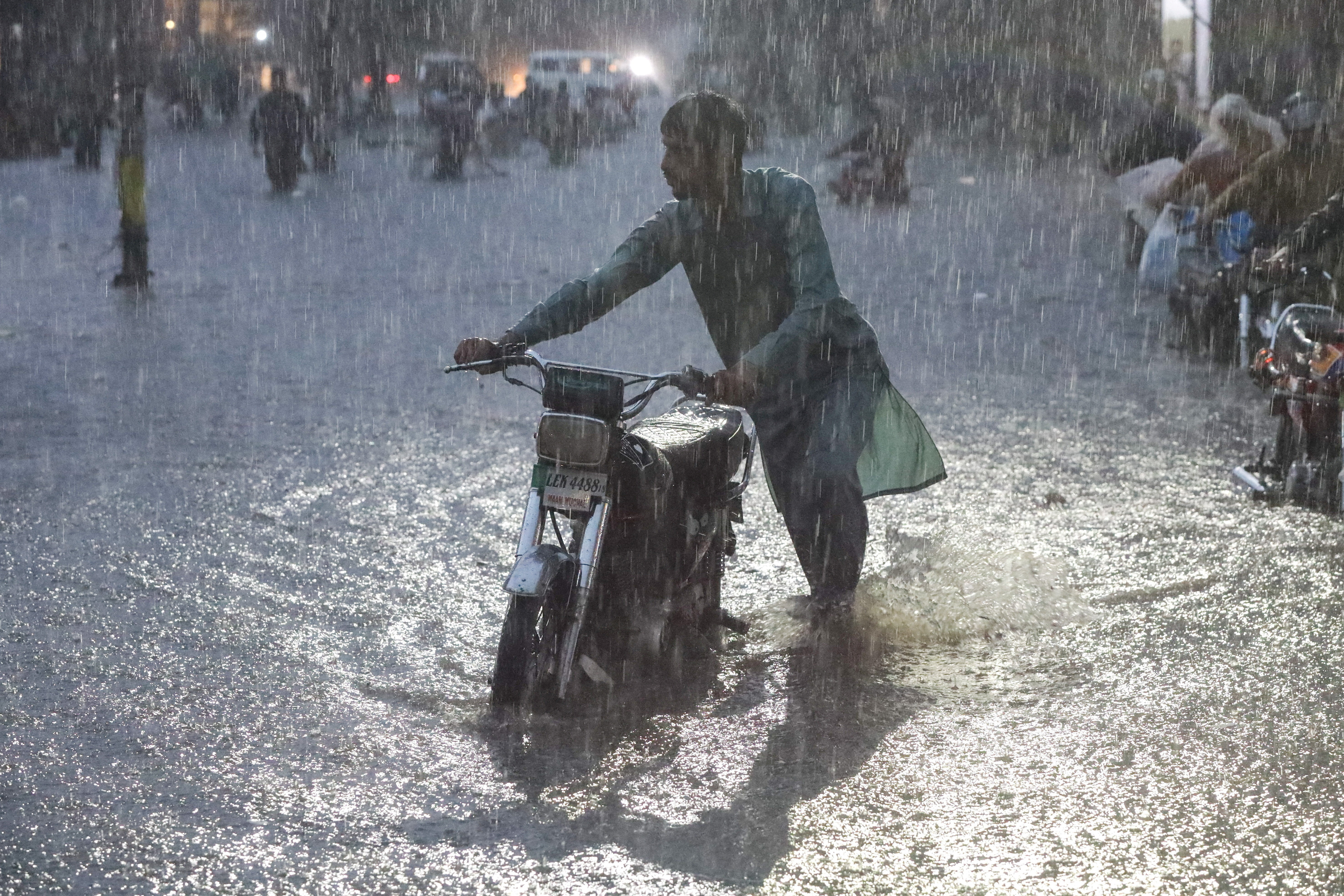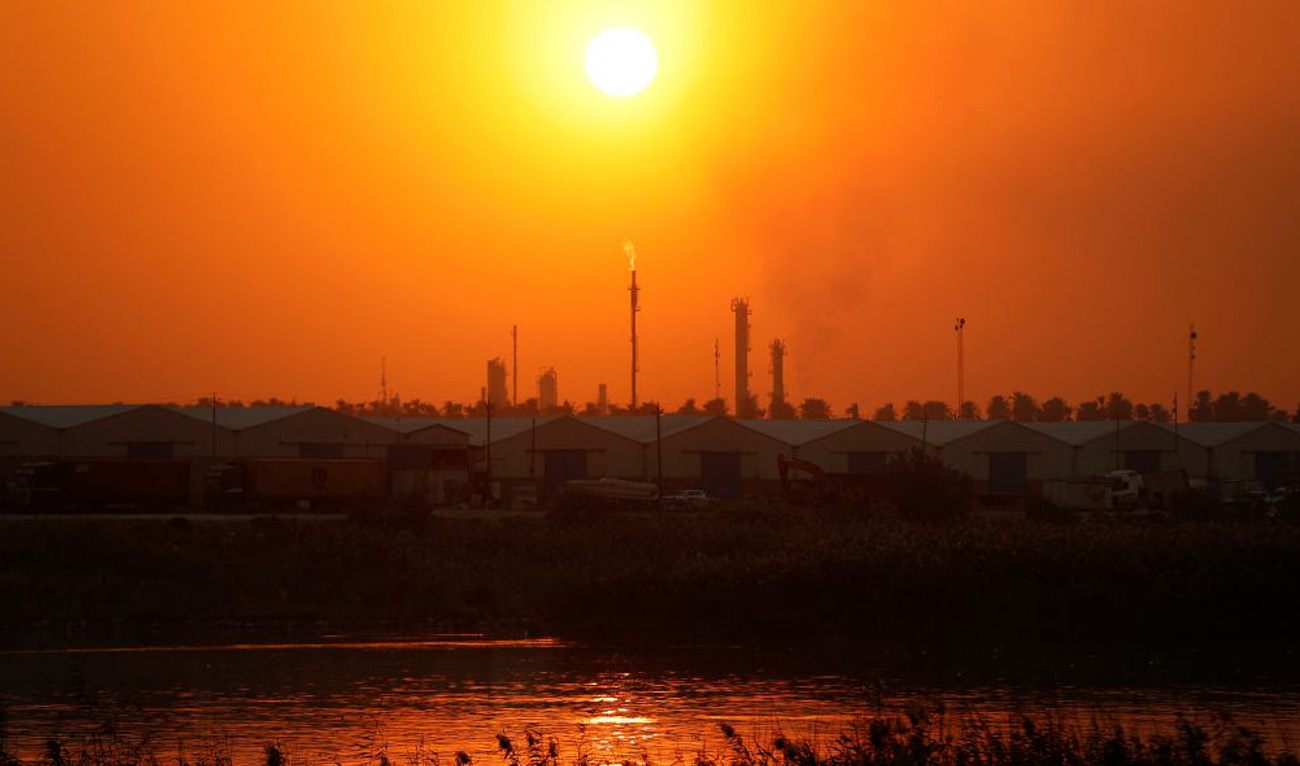ISLAMABAD: The Pakistan Meteorological Department has announced that heavy rains and thunderstorms are expected in the northern regions of Pakistan, with westerly waves likely to arrive from Sept. 15 and last until Sept. 19.
The regions and provinces most likely to be impacted include Khyber Pakhtunkhwa, Azad Jammu and Kashmir, Gilgit Baltistan, and the northern parts of Punjab.
According to the PMD, isolated heavy rainfall is expected on Sept. 16 and 18.
For Sindh and Balochistan, mainly dry weather is expected in most parts of the provinces, with partly cloudy conditions in the coastal areas.
PM declares climate emergency
Floods across the country were declared a climate and agriculture emergency by Prime Minister Shehbaz Sharif which have resulted in economic losses of over $1 billion.
The International Monetary Fund also expressed deep condolences for the devastation caused by the floods, stating that its upcoming Extended Fund Facility review mission would evaluate whether the country's fiscal policies and emergency provisions can effectively address the crisis.
The United States has provided essential flood relief supplies to Pakistan, while the UK promised £3 million ($3.75 million) in emergency aid to support the response.
Public advised to remain vigilant
While providing possible impacts and advice, the weather office said that windstorms, hailstorms, and lightning may damage weak structures like temporary mud houses, electric poles, billboards, vehicles, and solar panels during the forecast period.
“[There is] Possibility of landslides in vulnerable hilly areas of Khyber Pakhtunkhwa, Gilgit-Baltistan, Murree, Galliyat and Kashmir during the forecast period,” the statement said.
“Public, travelers/tourists are advised to avoid unusual exposure to vulnerable areas and keep updated about the latest weather conditions.”
It noted that all concerned authorities are advised to remain "vigilant" and take necessary measures to avoid any untoward situation during the forecast period.
Separately, for Punjab and KP, the National Disaster Management Authority (NDMA) said that heavy rains may generate floods in major rivers and may cause urban flooding in low-lying areas of urban centers.
It said that electricity and other utility services may get disrupted, whereas windstorms may damage crops and loose structures.





.jpg)
